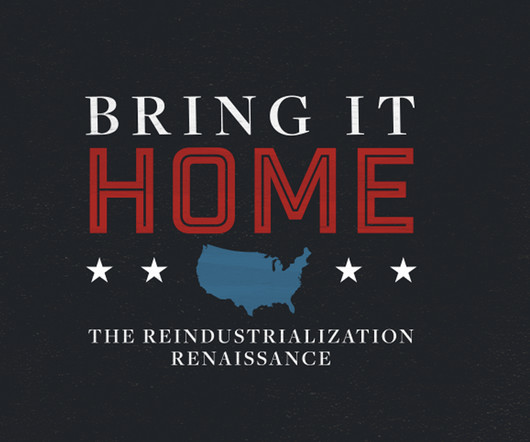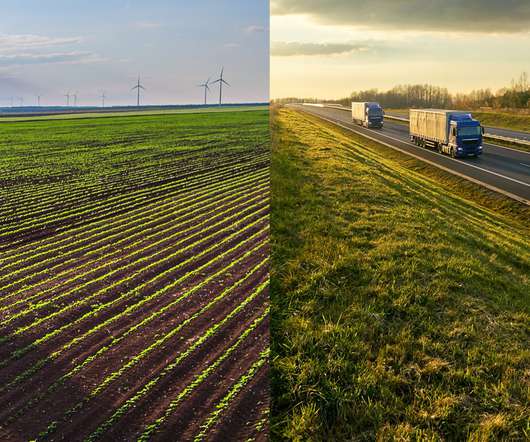How GM + Nvidia are changing the face of the automotive industry
Freight Waves
JUNE 5, 2025
GF’s investment is a strategic response to the explosive growth in artificial intelligence, which is accelerating demand for next-generation semiconductors designed for power efficiency and high-bandwidth performance across data centers, communications infrastructure and AI-enabled devices.





















Let's personalize your content